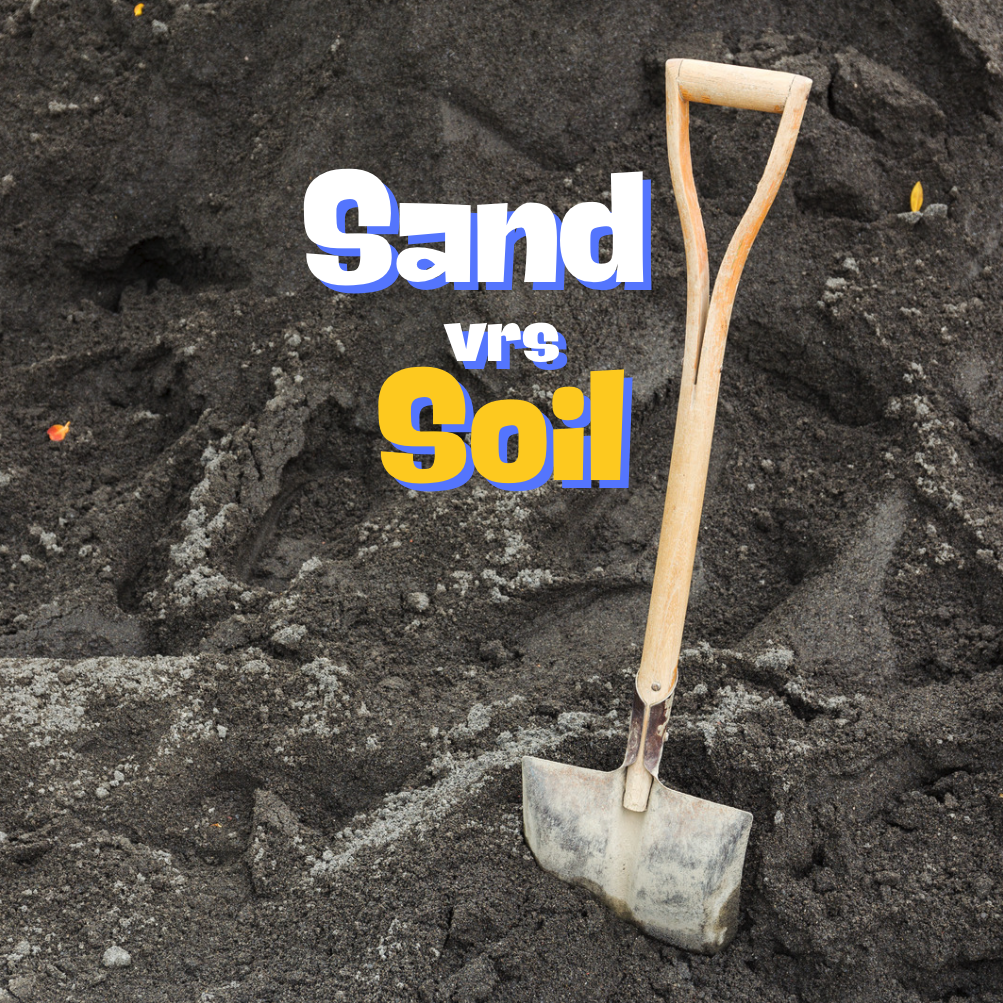When it comes to gardening, the foundation of your plants' health lies in the soil. However, not all soil is created equal. Sand and soil are two common components of gardening mixes, each with its own unique characteristics and benefits. Let's explore the differences between sand and soil, and how they can impact your garden's success. verses
1. Composition:
Sand:
- Sand is primarily composed of small mineral particles, typically silica or quartz.
- It has a coarse texture and does not hold water well, allowing for excellent drainage.
- Sand is often used in gardening mixes to improve soil structure and prevent compaction.
Soil:
- Soil is a complex mixture of organic matter, minerals, water, and air.
- It varies in texture depending on its composition, with sandy soil having larger particles and clay soil having smaller particles.
- Soil provides a rich, nutrient-dense environment for plant growth and is essential for sustaining life in the garden.
2. Water Retention:
Sand:
- Sand drains quickly and does not retain water well, making it ideal for plants that prefer dry or well-drained conditions.
- While this can be beneficial for preventing waterlogged soil and root rot, it may require more frequent watering to keep plants hydrated.
Soil:
- Soil has better water retention capabilities than sand, holding moisture and nutrients essential for plant growth.
- Different types of soil, such as loam or clay, offer varying degrees of water retention, allowing for a wider range of plant options and gardening possibilities.
3. Nutrient Content:
Sand:
- Sand is relatively low in organic matter and nutrients, making it less fertile than soil.
- While sand provides excellent drainage, it may require supplemental fertilization to support plant growth and maintain soil fertility.
Soil:
- Soil contains a diverse array of nutrients essential for plant health, including nitrogen, phosphorus, and potassium.
- Healthy soil supports beneficial microbial activity, which helps break down organic matter and release nutrients for plant uptake.
4. Plant Selection:
Sand:
- Sand is well-suited for growing plants that thrive in dry or arid conditions, such as cacti, succulents, and certain herbs.
- It is also commonly used in gardening mixes for container gardening and seed starting, where good drainage is essential.
Soil:
- Soil supports a broader range of plant species, including vegetables, flowers, shrubs, and trees.
- Different types of soil offer varying growing conditions, allowing for a diverse selection of plants to suit your garden's needs.
While both sand and soil play essential roles in gardening, they offer distinct advantages and considerations for plant growth and garden maintenance. Understanding the differences between sand and soil can help you make informed decisions when selecting growing mediums and designing your garden. Whether you're cultivating a desert landscape with sandy soil or nurturing a lush garden bed with nutrient-rich soil, each has its own unique benefits and challenges to explore.
Ready to get your hands dirty and start gardening? Explore our selection of soil amendments, gardening tools, and plant care products at adoberock.com and start growing your own garden oasis today!

